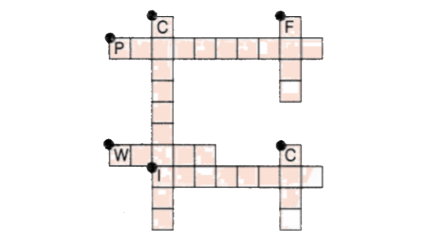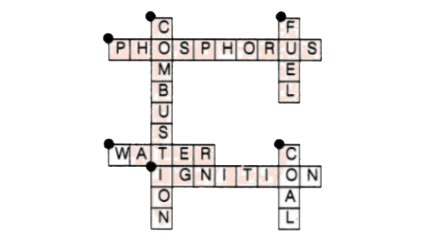Class 8 Science NCERT Exemplar Solutions Chapter 6 Combustion and Flame
FAQs on NCERT Exemplar Class 8 Science Solutions Chapter 6 Combustion and Flame
1. How does the burning of fuel cause pollution?
Sulphur dioxide gas is produced when coal and diesel are burned. It's a gas that's both stifling and destructive. Furthermore, petrol engines emit nitrogen oxides in the form of gaseous oxides. Carbon monoxide (CO) is a poisonous air contaminant that is mostly created by automobile emissions. Unburned carbon particles are produced by carbon fuels such as wood, coal, and petroleum, which cause respiratory and skin disorders. It increases the temperature of the earth's atmosphere, which is referred to as global warming. Many toxic gases, such as carbon monoxide, are released when fuel is not burned completely. It can suffocate individuals sleeping in a room and kill them. Sulfur dioxide is produced when coal and fuel are burned. It can suffocate individuals sleeping in a room and kill them.
2. What are the different kinds of combustion?
There Are Two Kinds of Combustion:
Complete Combustion: When a reaction occurs in the presence of a large amount of oxygen, the components mix to their maximum extent with the oxygen. Heat and light are observable by-products of such reactions.
Incomplete Combustion: Incomplete combustion is described as a process that occurs in the lack of adequate oxygen, preventing things from entirely burning. As a result of this process, soot is left in the container, as well as the generation of carbon monoxide, which is an air pollutant.
Apart from categories based on oxygen availability, reactions are also classified according to their spontaneity and pace of response. Violent reactions might result in fire or even an explosion (which is also accompanied by loud noise). Rust can also be classified as a slow combustion process.
3. What is a Calorific value?
The effects of heat energy present in food or fuel are calculated by full combustion of a defined quantity at constant pressure and under normal circumstances. Calorific power is another name for it. The kilojoule per kilogram, or KJ/Kg, is the unit of calorific value. In the combustion process, water vapor is produced, and the heat should be recovered using specified ways. It has a high calorific value if the heat contained in the water vapor can be retrieved. When the heat contained in water vapor cannot be recovered due to its low calorific value.
4. What is the natural cause of global warming?
The Natural Causes of Global Warming Are:
A type of greenhouse gas is water vapor. As the earth's temperature rises, more water evaporates from water bodies and remains in the atmosphere, contributing to global warming.
Wherever there are glaciers, there is permafrost. It's frozen earth that's been trapped in environmental gases for years. As permafrost melts, gases are released back into the atmosphere, raising global temperatures.
Forest fires, often known as forest blazes, produce a tremendous volume of carbon-containing smoke. As a result of atmospheric gas release, the earth's temperature is raised, causing global warming.
5. What is the effect of acid rain?
Agriculture, flora, and animals are all adversely affected by acid rain. It removes all nutrients that are necessary for plant development and survival. Acid rain has an impact on agriculture since it changes the soil's makeup. It affects both animals’ and humans' respiratory systems. Acid rain has an impact on the aquatic ecology when it falls and runs into rivers and ponds. Acid rain also causes water pipelines to corrode, resulting in heavy metals such as iron, lead, and copper seeping into drinking water. You can check the details of Acid rain from Vedantu.


















